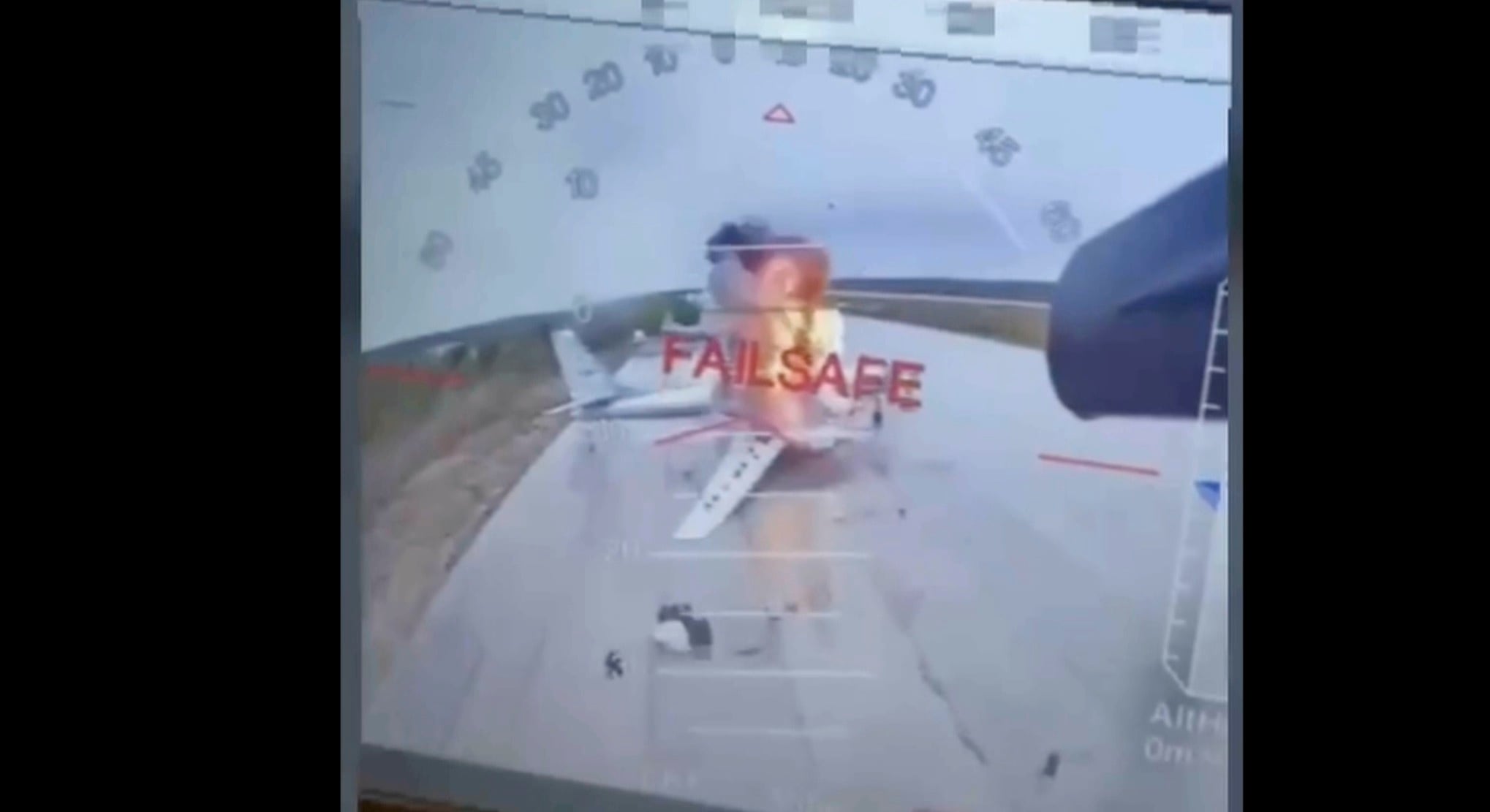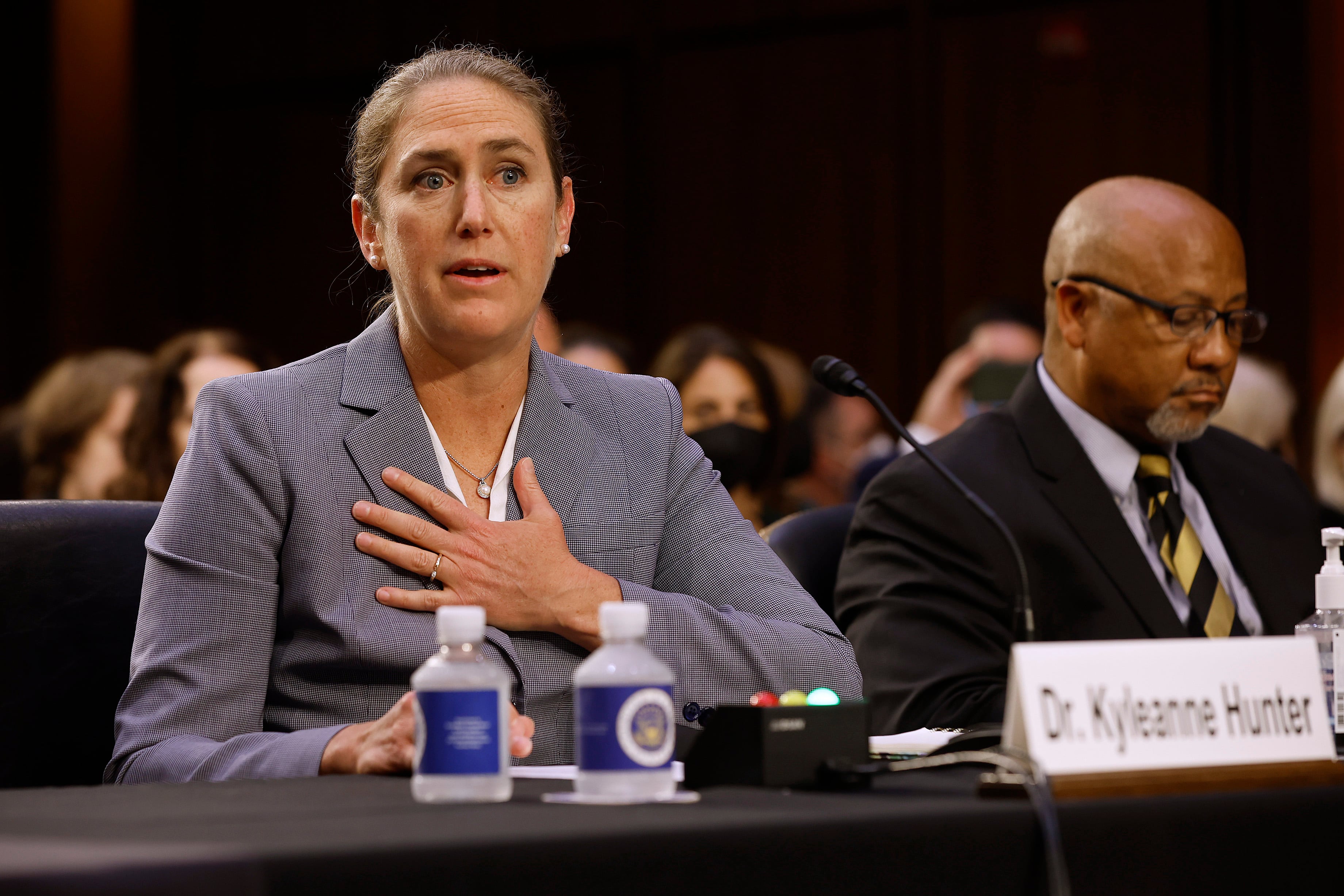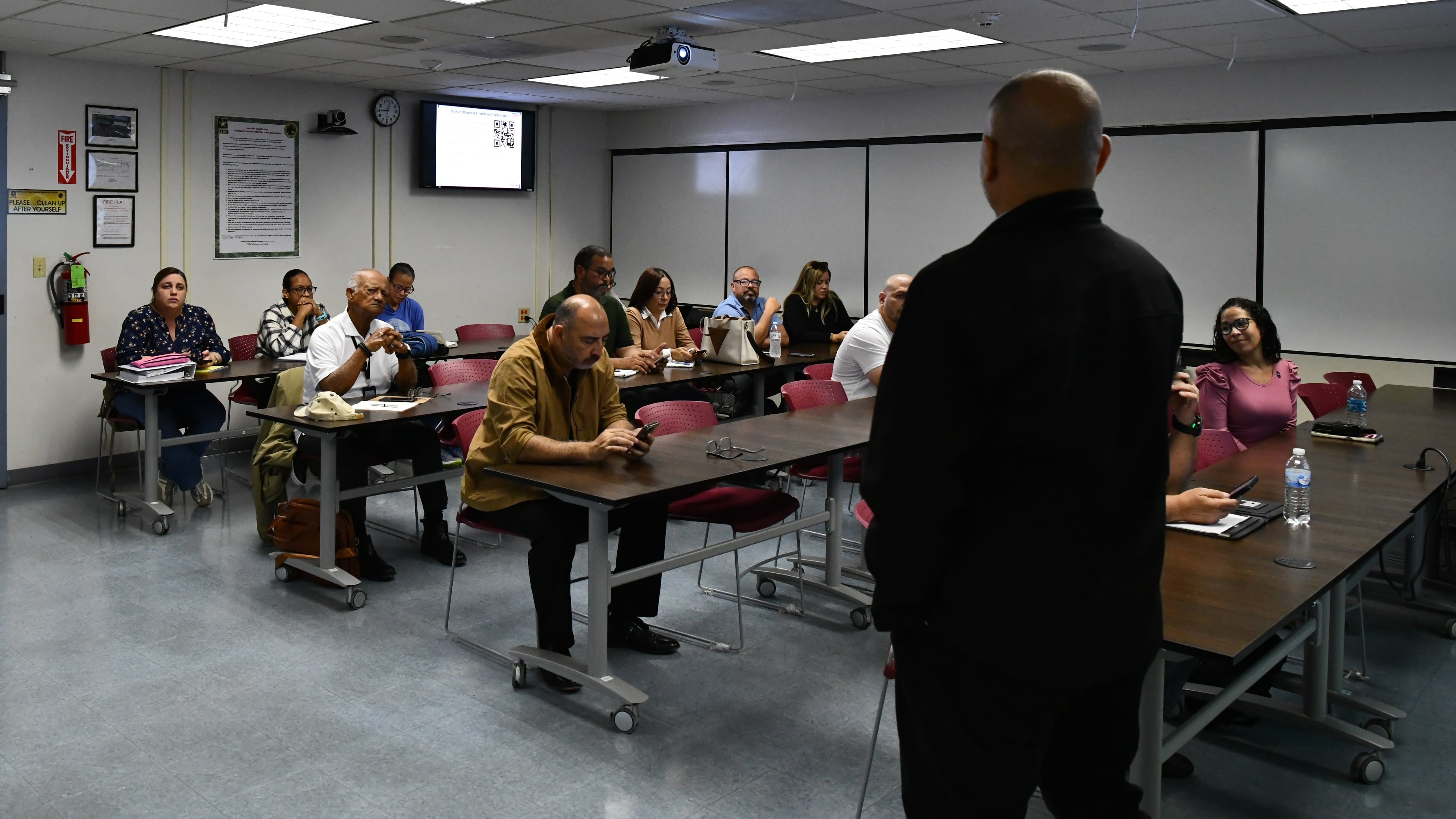WASHINGTON ― Infantry battalion experimentation in the past few years provided vital, but not conclusive, feedback for the future of the heart of the Marine Corps.
There’s more to follow, but Col. Christopher Bronzi shared some takeaways at the 2022 Modern Day Marine exposition on Wednesday.
The biggest one: Infantry battalions will be more distributed than ever before, and that will be the new normal.
Though those experiments continue, Marine combat development leaders are kicking off the next big experiment soon: designing the Marine littoral regiment. That’s the newest formation on deck to execute a new type of littoral-focused warfare with new tools and tactics.
RELATED
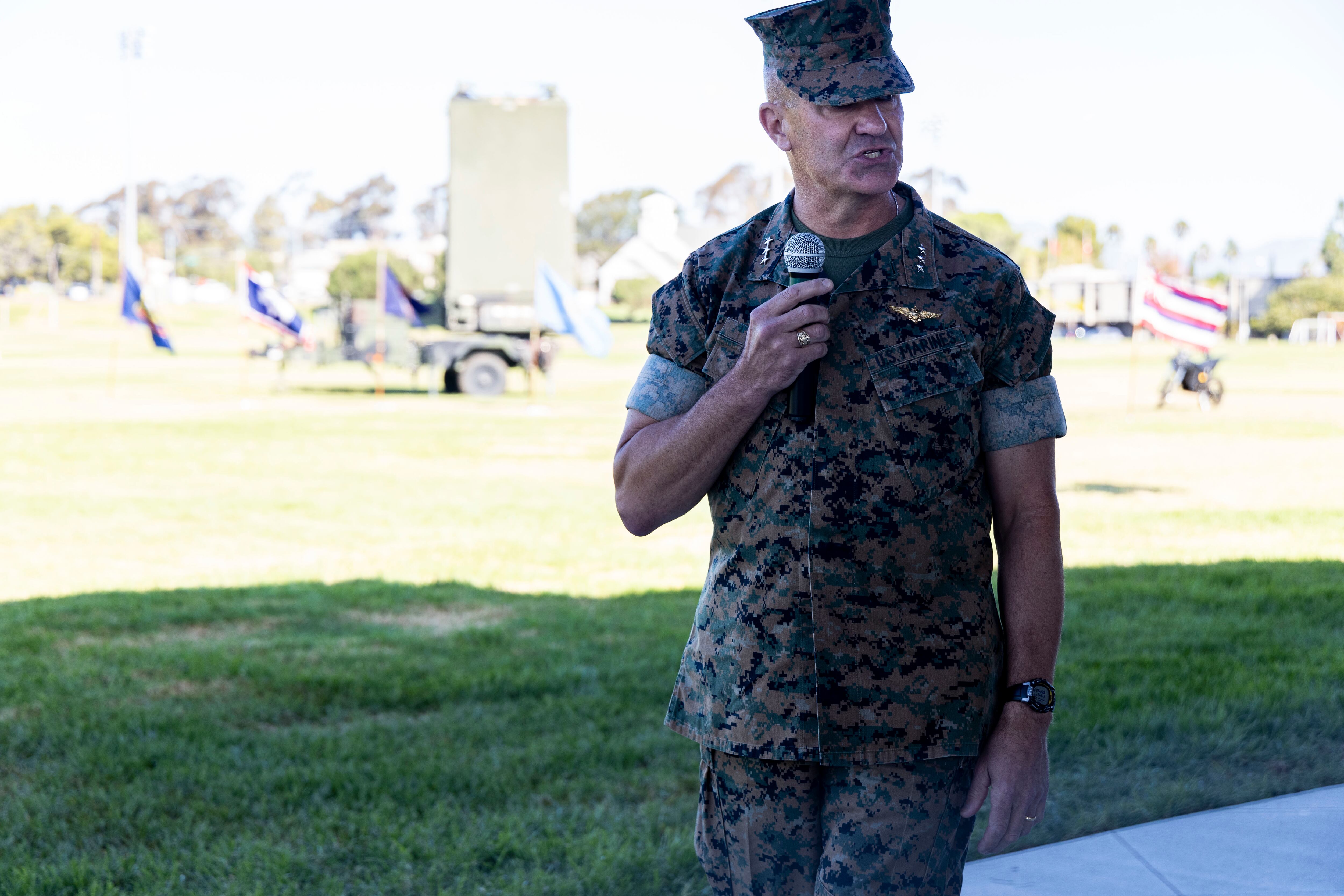
The director of the experiment division at the Marine Corps Warfighting Lab harkened back to his own experience as a young officer and how such experiments influenced his early deployments.
Back in 2001–2002, Bronzi said, he was an instructor at the Infantry Officer Course and participated in the then “Project Metropolis” experiments. That was the Corps’ effort to figure out how to fight better in urban environments.
Once he returned to the fleet as a company commander, he saw his own units adopt new ways of organizing the company. Specifically, incorporating the company level intelligence cell, or CLIC, and the company level operations center, or CLOC.
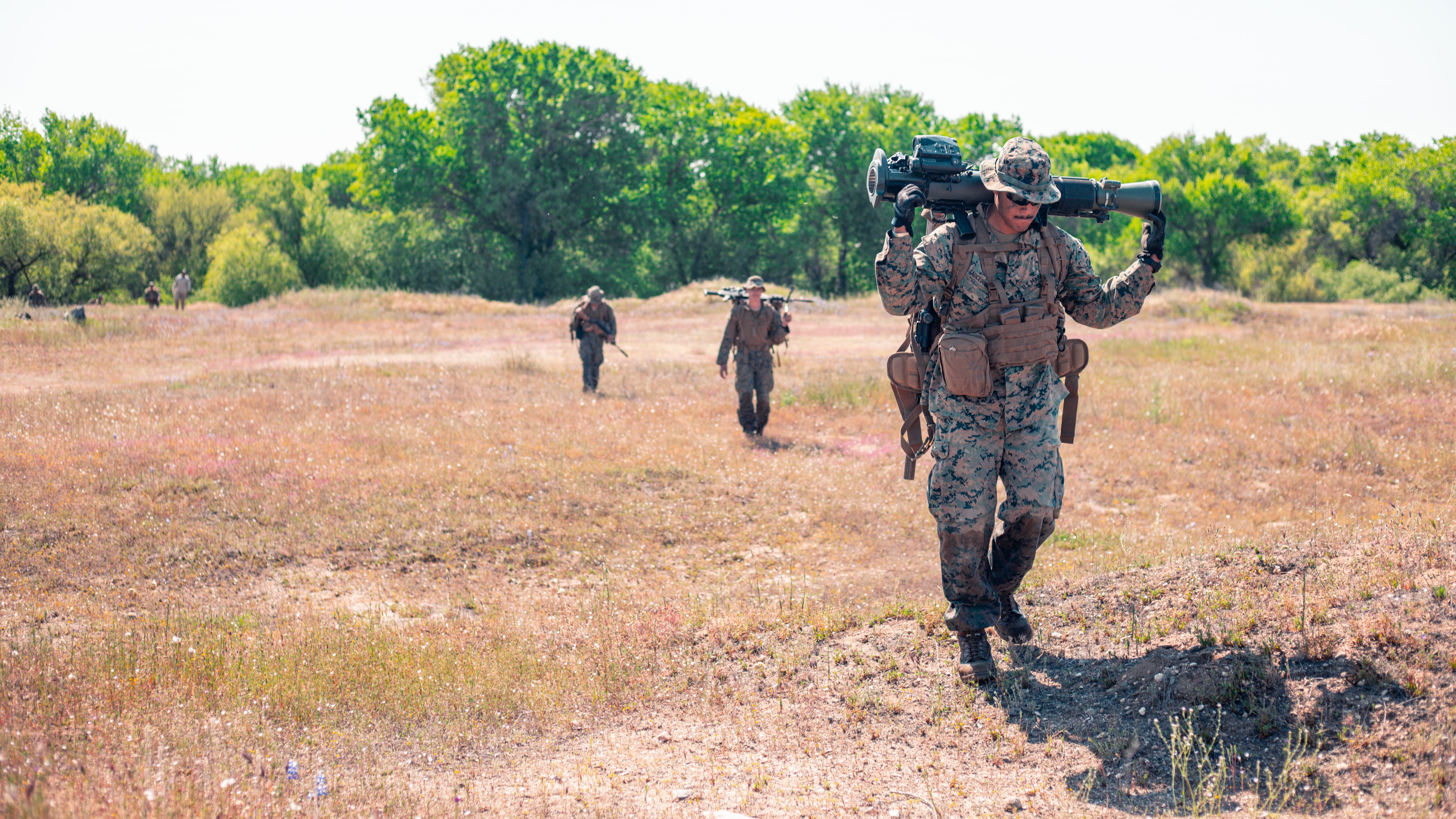
Those experiments pulled down assets and capabilities to the company level, which helped in the subsequent small-unit fights in Iraq and Afghanistan.
Recent infantry battalion experiments are pushing some of those moves deeper, with the help of new technologies, he said.
“The new battalion really emphasized a much lighter, more mobile, more lethal combat formation that would have the capability to deal with some of what we expect to be adversary capabilities and really sense and make sense of the future operating environment and conduct distributed operations as the norm,” Bronzi said.
That translates to what used to be battalion-level functions getting into the hands of a company commander and staff. The same flows downward as now platoon commanders are able to bring company-level effects to the fight, Bronzi said.
And the size and composition of the infantry battalion remains in flux.
The Force Design 2030 update noted that initial planning reduced the infantry battalion from 896 Marines down to 735. That turned out a bit too small.
The document notes that battalions between 800 Marines to 835 Marines are optimal.
There has been some public criticism over the course of the experiments from former high-ranking Marine leaders and think tank experts concerned about potential drastic changes to infantry units.
In a separate media event on May 5, Sergeant Major of the Marine Corps Troy Black told emphasized a point about the infantry battalion experiments.
“I’m an infantryman, and I will tell you right now, some things that have changed, that we’ve talked about and gone back and forth on, in no case is a Marine Corps infantry battalion smaller than an Army’s.” Black said. “The Army has much smaller battalions than we do in any point of force design.”
Three infantry battalions ― 1st Battalion, 2nd Marine Regiment, “Typhoon” at Camp Lejeune, North Carolina; 1st Battalion, 3rd Marines, “Lava Dogs” at Marine Corps Base Hawaii; and 1st Battalion, 1st Marines, “First of the First” at Camp Pendleton, California ― were selected more than two years ago to be the experimental battalion for Force Design 2030.
The 2022 update to Force Design 2030 is adamant that the experimentation will reshape the infantry battalion.
“Outcomes from ongoing infantry battalion experimentation will drive recommendations for refinements to the design and implementation of the service’s transition to infantry formations more capable of distributed operations,” according to the document.
And the three battalions, the warfighting lab and other Marine units running independent experiments have fed a ton of data into what they’re working through will be the infantry battalion of the future.
“So, over the course of two years not only did we conduct experiments here in the United States across five different states, but we also conducted experiments in the Philippines, in Japan,” Bronzi said. “It enabled us to take a look at the newly designed infantry battalion and how they would operate with new capabilities, new technology in various environments, to include the mountains of Bridgeport (California), the mountains of West Virginia, cold weather climates. We’ve seen them operate in deserts, we’ve seen the operate in the jungle.”
Bronzi noted next steps for the Marine littoral regiment are being refined, with a plan for littoral regiment experimentation due in the coming weeks.
The Corps recently converted 3rd Marine Regiment out of Hawaii to the 3rd Marine Littoral Regiment. Currently, that unit has 2,478 Marines, an official said. The standard regiment size is more than 3,000 Marines.
That might see some interesting turns as well, the Force Design 2030 update noted that experiments would look not only at the infantry battalion as the “core element” for the Marine littoral regiment, but also at using perhaps either an artillery battery or a reconnaissance battalion as the regiment’s base.
The document also notes a new focus on reconnaissance and counter reconnaissance, both of which already have seen experimentation in 2nd Marine Division, Bronzi said.
And regardless of the ultimate formation of the Marine littoral regiment, those capabilities will reside at various levels, especially within the core element the regiment is built around and it will be “persistently forward” to deter adversaries, Bronzi said.
Todd South has written about crime, courts, government and the military for multiple publications since 2004 and was named a 2014 Pulitzer finalist for a co-written project on witness intimidation. Todd is a Marine veteran of the Iraq War.


